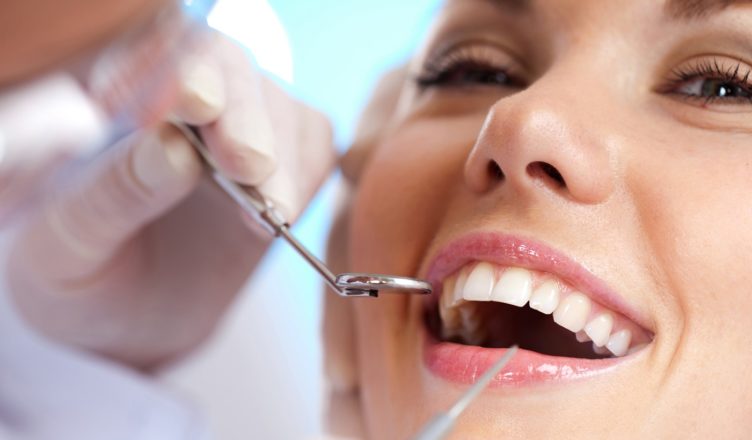Periodontal Harmony: Your Journey to Gum Health
Periodontium is a complex yet important structure of your oral cavity that surrounds and supports the teeth, maintaining their function and position within the upper and lower jawbone. Any damage to the periodontium can cause periodontal disease.
Ankeny dentists offer a compassionate and comprehensive diagnosis and treatment for various forms of periodontal diseases, thus maintaining the vitality of your oral cavity.
An in-depth analysis of periodontal disease
Periodontal disease, also known as gum disease, refers to the destruction of the periodontium due to persistent infection and inflammation. The periodontium is a crucial structure in the oral cavity which comprises the following:
- Gingiva or gums
- Cementum
- Periodontal ligament (PDL)
- Alveolar bone
The disease usually begins at the gums and may eventually progress to the underlying jawbone if left untreated. Severe and advanced forms of periodontal disease are considered the leading causes of tooth loss.
Cause
Plaque and bacteria are the prime suspects leading to gum disease. They are interrelated, wherein excess plaque accumulation can create a favorable environment for bacterial colonization. These organisms release harmful toxins and acids that demineralize the tooth structure, erode the gums, and eventually spread to the underlying bone.
Risk factors
- Genetics
- Poor oral hygiene
- Unhealthy lifestyle habits like smoking, tobacco use, and alcoholism
- Nutritional deficiencies (like vitamin B12 or B6)
- Diabetes
- Hormonal fluctuations (estrogen and progesterone) during puberty, pregnancy, or menopause
- Certain drugs like antihistamines or antihypertensives
- Autoimmune disorders like lupus
- Stress and anxiety
Clinical manifestations
- Red, swollen gums
- Soreness and tenderness in the gums
- Gums that easily bleed while brushing or biting
- Receding gums
- Increased tooth sensitivity to hot and cold foods
- Halitosis (bad breath)
- Abscess with or without pus discharge
- Altered bite and jaw alignment
- Teeth with increased mobility
Effective treatment options
Your dentist may recommend an array of treatment options depending on the severity of the disease and your individual symptoms.
Mild disease
- Oral prophylaxis
- Dental cleaning
- Medications
- Oral antibiotics to treat infection
- Antimicrobial mouthwashes and gargles
Moderate disease
- Scaling
- Root planing
- Pocket irrigation
- Regeneration procedure
Severe disease
- Pocket reduction surgery
- Gum flap surgery
- Bone grafting
Post-treatment Maintenance
- Brush your teeth twice daily with fluoridated toothpaste and a soft-bristled brush
- Floss regularly
- Use an antimicrobial mouthwash
- Avoid unhealthy lifestyle habits like smoking or tobacco use
- Visit your dentist at least once every 6 months for regular exams and cleanings
Conclusion
Periodontal disease is common and reversible if detected at an early stage. This can help dentists prevent the disease progression by halting the infection at the right time. Seek dental care if you notice any symptoms before the condition deteriorates.
















